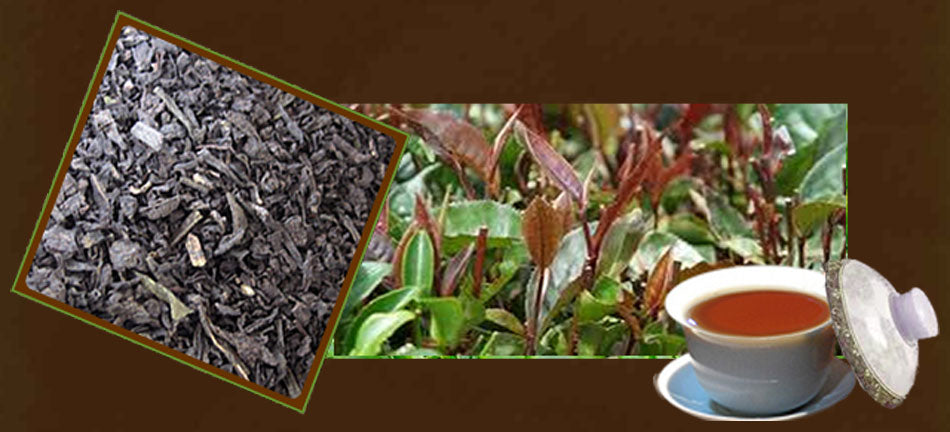Purple Tea Background

Aside from the impact on health that tea drinkers might expect Purple Tea to provide, it’s quite an interesting new tea from a taste perspective. The tea has flavors and atringencies similar to both black teas and green teas. It’s a fascinating new tea that we suggest experimenting with to find what temperature and steeping time brews it into something that suits your palate.
Purple tea is a very new cultivar of Camellia sinensis recently developed by the Tea Research Foundation of Kenya. This tea, TRFK306/1, has been in the works for the last 25 years primarily to create a tea with increased productivity and drought tolerance. The end result has been a wonder tea that is drought and frost tolerant, disease and pest resistant and that will not only boost productivity and revenue for the tea farmers but also the health benefits to humans. (They say it has 4 times the antioxidants of black tea.) It was developed with extra high levels of anthocyanins, which are special antioxidants attributed with excellent health benefits to humans. Anthocyanins protect and repair body cells from damage caused by free radicals. They also strenthen body membranes and decrease capillary permeability and fragility. Anthocyanins are responsible for the red, purple and blue colors in many edible plants including eggplant and blueberries. In the case of purple tea it is the anthocyanins that produce the distinctive reddish purple of the leaves on the bush.
Tea was first planted in Kenya in 1903 with seeds brought over from the Assam region of India. For 50 years the tea industry consisted primarily of two large British companies and ten private estates in Southwest Kenya in Kericho, Nandi and Sotik. In 1954 with the introduction of the Swynnerton Plan the colonial agricultural policy transitioned Kenyan farmers from subsistence farming to cash crop production, thereby creating thousands of small scale tea farmers. Today large tea estates produce about 40% of Kenya's tea, while smallholders organized under the Kenya Tea Development Authority produce 60%.
Kenya produces tea of exceptional quality, resulting in some of the finest, most flavory teas to be found anywhere on Earth. However, due to the fact that Kenya's tea industry came of age during the 20th century, a decidedly more mechanized age than the 19th century, most Kenyan teas produced both then and now have been CTC production rather than orthodox. CTC processed teas are well suited for use in teabags because they quickly give a dark brew. Unfortunately, with this method of production it is very easy to adulterate a more expensive (and presumably higher quality) CTC tea with inexpensive and generally mild lowland teas of the same process. 95% of the tea produced in Kenya is of this style, however since the year 2000 Kenyan tea farmers have been experimenting with orthodox production.